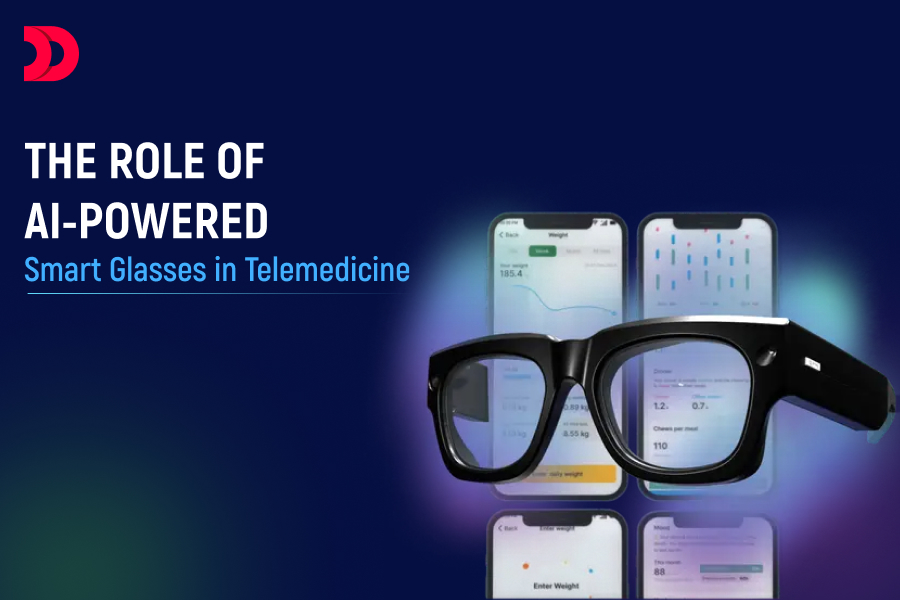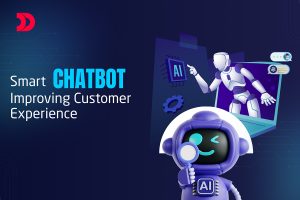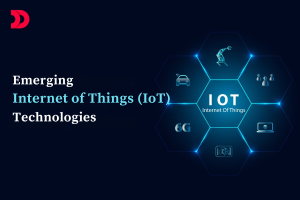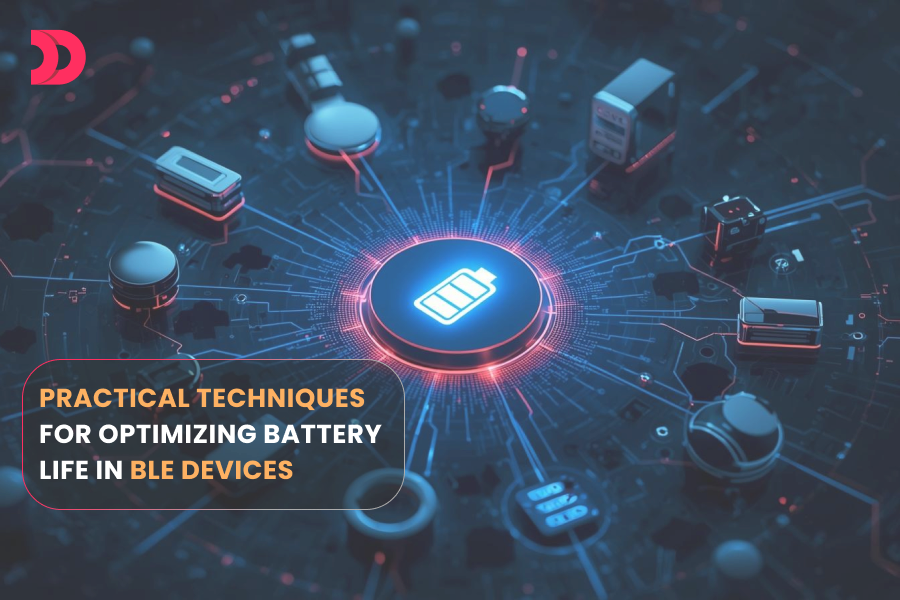The healthcare industry is undergoing rapid change through technological breakthroughs. Among such innovations, smart glasses with AI-enabled features have emerged as one of the most potent tools. They boost productivity, safety, and efficiency in patient care. This blog will show how smart glasses are changing telemedicine, enhancing patient outcomes, and speeding up medical procedures.
Transforming Telemedicine with Smart Glasses:
Improving Remote Consultation
Smart glasses are erasing barriers to accessing healthcare services through the convenience of remote consultations, which doctors can easily conduct without effort. Through such wearable devices, physicians can make virtual examinations and access patients’ records, assist patients in procedures for self-care, all done in a hands-free environment. This technology will not only streamline consultation but also facilitate timely medical treatment for patients from remote or under-served areas.
Advantages:
- Improved Access: The patient can be advised on treatment without necessarily moving to the healthcare facility, thereby increasing access to healthcare.
- Efficiency: The doctors can multi-task and receive medical records in real-time to enhance the quality of care.
- Quality Patient Care: Real-time visual and audio interaction significantly improves diagnosis and treatment quality.
Elevating Training and Knowledge Transfer:
Continuous learning in the fast-paced world of healthcare is important. Smart glasses support the training of new healthcare workers with hands-free guidance and real-time information. They can get step-by-step instructions, and live demonstrations, and engage remote experts while performing procedures.
Advantages:
- Hands-Free Guidance: Trainees have the freedom to focus on the task without any manual or screens.
- Real-Time Information: The availability of protocols, tutorials, and expert advice helps to make learning more interactive.
- Collaboration: Smart glasses allow trainees to collaborate with experienced professionals, which creates a better learning environment.
Supporting Caregivers and Patients:
Smart glasses are changing home care with the help of remote patient monitoring and professional assistance. These technologies allow caregivers to communicate with the medical professionals involved in a patient’s care, ensuring that such patients receive the best treatment without having to go out of their homes. Particularly, this technology would greatly benefit elderly and chronically diseased patients whose conditions need constant monitoring.
Advantages:
- Remote Monitoring: Continuous observation of patients’ conditions ensures timely interventions.
- Expert Support: The patient receives instant expert advice from health professionals and the quality of care is enhanced.
- Patient Comfort: The patients receive care at home, hence reducing the number of visits to the hospital.
Easy Availability of Specialist Expertise:
Having instant availability of expert opinion is important in complex medical cases. Smart glasses provide real-time communication from on-site healthcare workers and remote specialists, thus availing instant expert support. This is very helpful in emergency cases or areas where the expertise of specialists is not easily accessible.
Advantages:
- Immediate Expert Help: The doctors can get advice on time while doing the critical procedures, thus improving the results for the patients.
- Better Decision-Making: Expert opinions improve the diagnosis and treatment.
- Optimal Utilization of Resources: Smart glasses make full use of the available resources as they connect general practitioners to specialists.
Conclusion:
This revolutionizes the use of AI-powered smart glasses for the healthcare sector in telemedicine. With its improvements in at-home care, knowledge transfer and training, remote expert support, and remote consultations, it opens the way for a better and more efficient healthcare system. As the growth of technology develops and improves the prospect of accelerating healthcare procedures with potential care for patients, the future for smart glasses in telemedicine looks bright.
The future of healthcare has never been more promising, with AI-powered smart glasses at the forefront. So, make the most of this breakthrough to improve patient results and your practice!
 Dec 11, 2025
Dec 11, 2025 

 285 Views
285 Views













